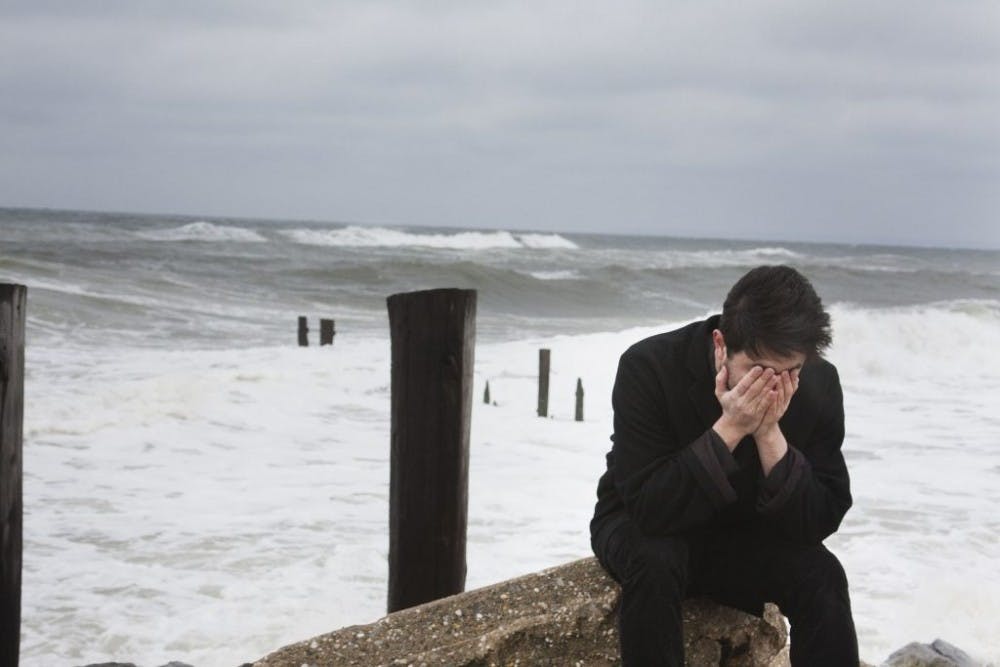Excited for an extra hour of sleep? A recent study suggests that maybe we should reconsider turning back our clocks this November.
The study, conducted by Danish Associate Professor Søren D. Østergaard of Aarhus University Hospital in Risskov, identifies the profound effect of daylight savings on the incidence rate of unipolar depressive episodes.
According to the researchers, the number of people diagnosed with depression rises immediately after transitioning from daylight savings time to standard time.
A collaboration between Aarhus, Copenhagen and Stanford University, this study was initially motivated by observations of the adverse health effects the daylight savings shifts have been catalogued to have. Østergaard’s research adds depressive disorders to this list of potential negative side effects of daylight savings that includes reduced efficiency and reduced productivity.
The study was conducted as a time series intervention analysis of data collected from all over Denmark between 1995 to 2012. The researchers performed a comparative study between the incidence rate of unipolar depressive episodes after transitions to and from summer time.
After an analysis of almost 200 hospital contacts, the researchers noted that “the transition from summer to standard time were associated with an 11 percent increase in the incidence rate.”
However, this increase was not associated with a parallel change in the incidence from standard to summer time.
Østergaard specified that it was the transition causing this increase in the depressive episodes and not the change in length of the day or other potentially unfortunate circumstances. He also further explains his findings by concluding that this transition affects the spectrum of possible forms of depression, and not only the severe cases.
Possible future studies stemming from Østergaard’s research include understanding the mechanism responsible for this increase in incidence rate of depressive disorders.
Østergaard and his team hypothesize that this may be due to “a negative psychological effect as it very clearly marks the coming of a period of long, dark and cold days” or “distress associated with the sudden advancement of sunset.”
A more biological hypothesis points to the disruption of circadian rhythms, which have already been implicated in the case of depressive disorders.
Regardless of the mechanism of this increased incidence rate, Østergaard’s research increases awareness of depression and provides a reminder to healthcare professions, families, relatives and friends alike that depression is a complicated disease with multiple possible causes.
Whether it is due to faulty mood regulation by the brain, genetic vulnerability, stressful life events or medications, depression continues to be an enigmatic and difficult disease to recognize, diagnose, and treat.
More often than not, those that experience depression encounter many of these causes that ultimately manifest as depression.
Østergaard’s research marks a noteworthy step in the scientific community’s attempts to decipher the complexity of depression and continued research may better inform diagnoses and treatments that, currently, are under scrutiny for their lack of effectiveness.























Please note All comments are eligible for publication in The News-Letter.